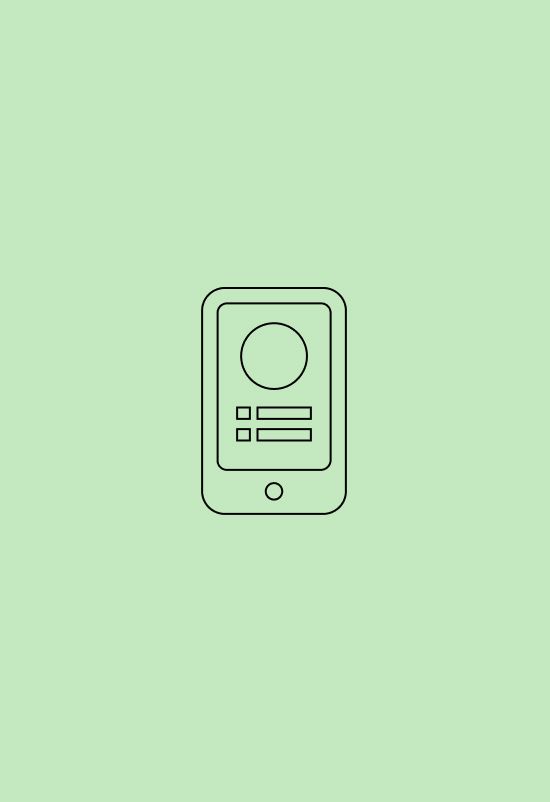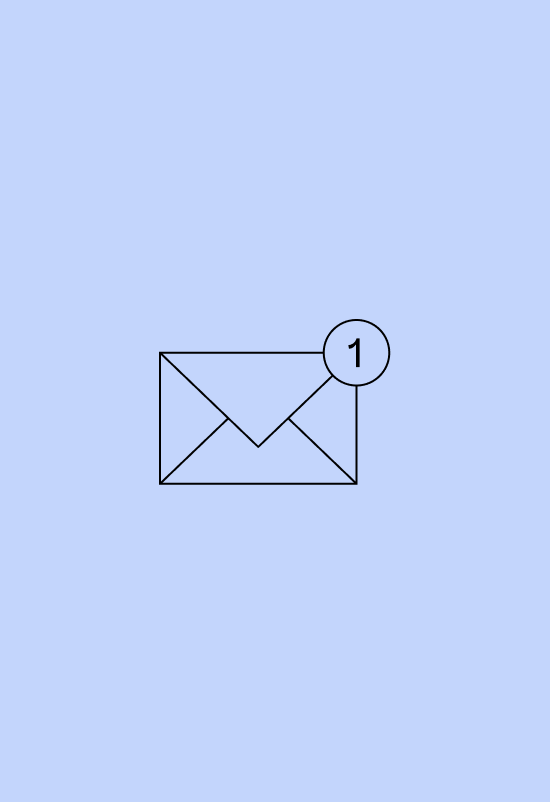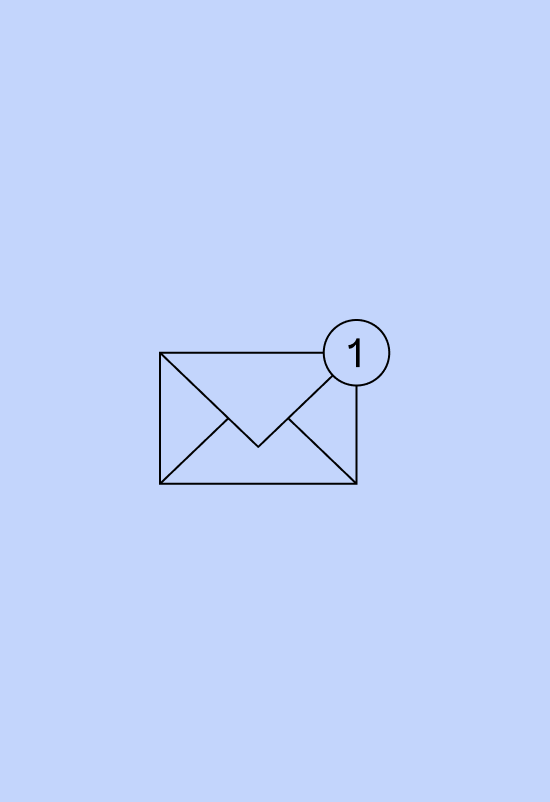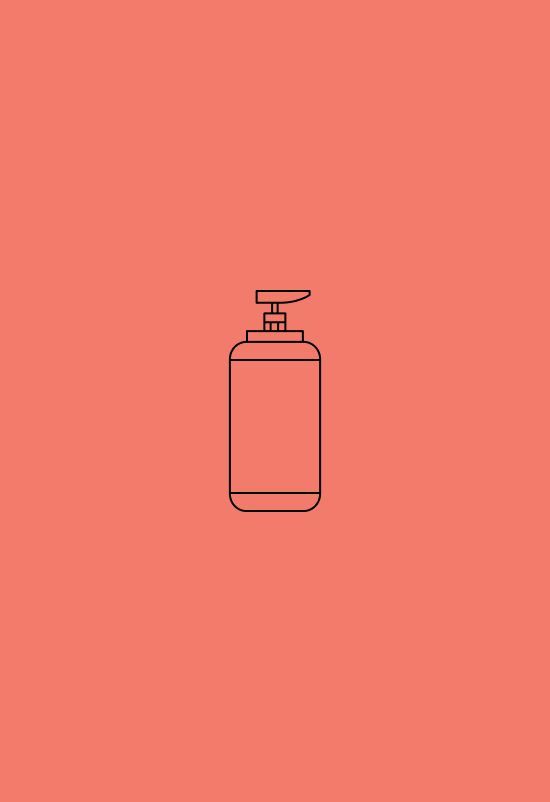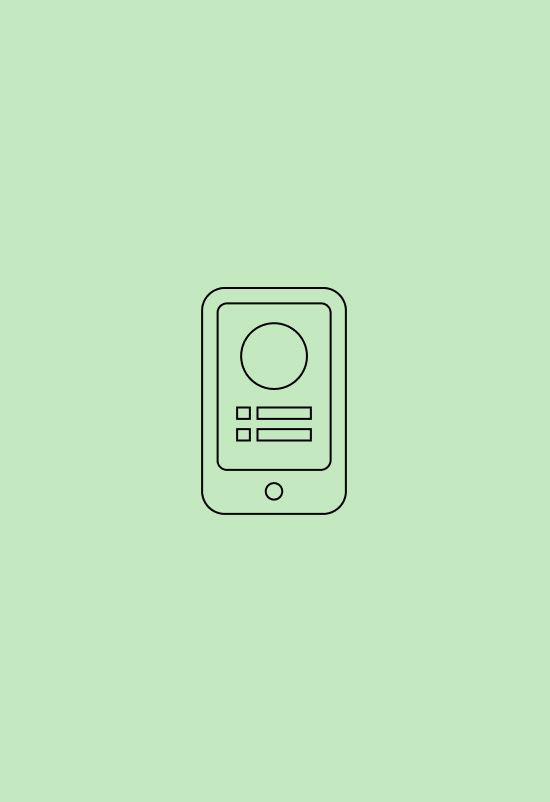What do you call getting a customer to return and buy again? If our recent social posts have taught us anything it's that there are numerous words to describe this activity and that some of us have strong opinions.
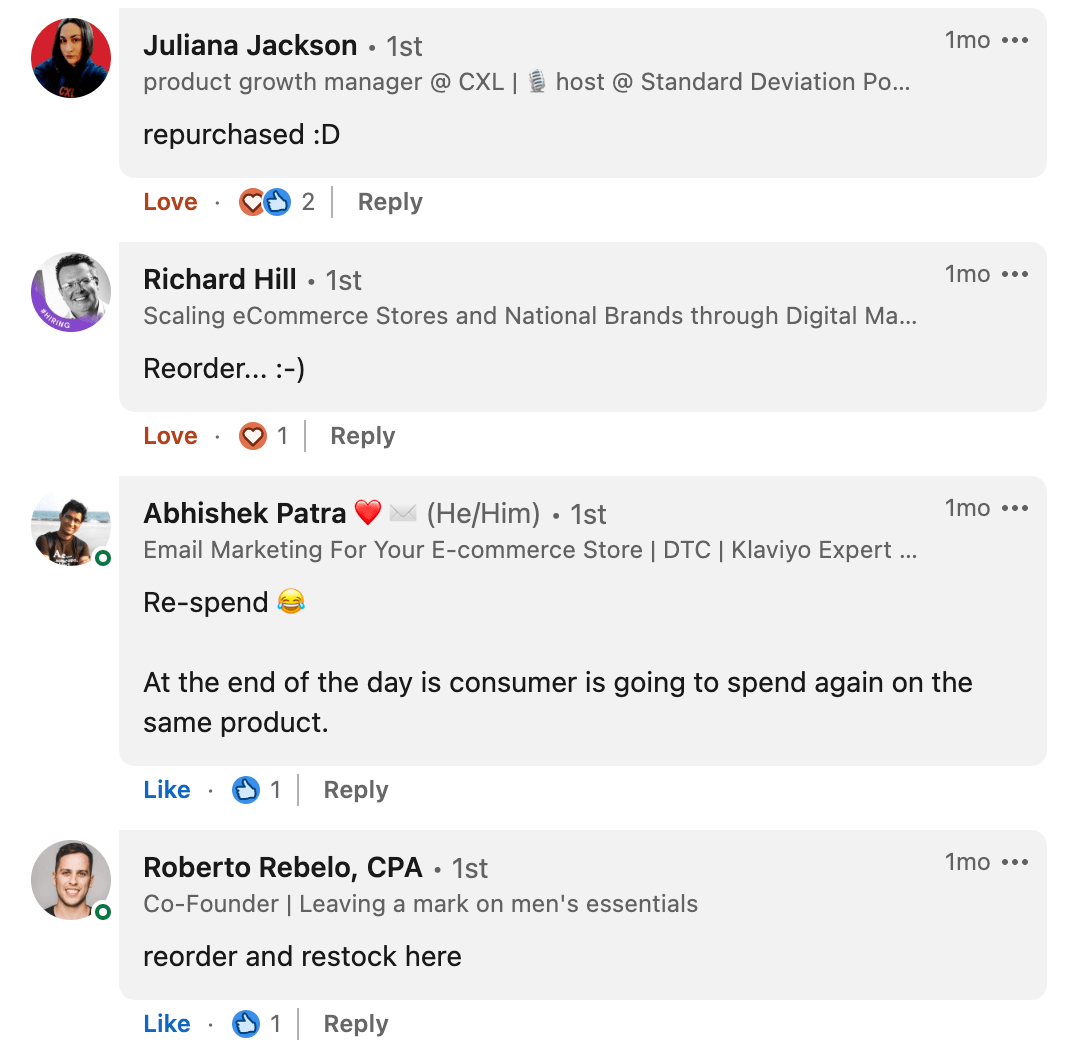
Yet some of us think it makes no difference at all.

Regardless of what you call it, the benefit of getting a customer to buy again is clear. More orders per customer leads to higher purchase frequency and a higher purchase frequency leads to … you guessed it higher LTV.
How often do we stop to think what the customer's motivation is when returning to make a purchase? Does the mindset of the customer play a role in differentiating reorder vs. replenish? At Repeat, we think so with a resounding yes!
Before we get into that, let's start with the easiest way to define the difference between the two most popular terms. How? The dictionary.
The literal definitions
While on the surface this may appear to be semantics, the act of reordering or replenishing have quite different definitions.
Reorder
“To request something be made, supplied or served again.”
Replenish
“Restore (a stock or supply) to a former level or condition”
When looking at the dictionary definitions, we notice there is a difference between the terms. One is about getting something again (reorder) and the other is about returning something to its starting point (replenish).The latter is why replenish is such a popular term for CPG brands to use. They are everyday items that are used to completion before being replaced.
Our Repeat definitions
At Repeat, we define these terms based on how the customer is interacting with the brand, not just the individual product. This is more or less based on the principles of the dictionary definitions above but with a little twist.
Reorder
Same brand. Any product. Any frequency
Replenish
Same brand. Same product. Same frequency
You can see why replenish is often associated with subscription. This is about getting a product back to its former level (aka full & usable). It's important to note that replenishing is just one way a customer will want to buy again, but there are several to consider.
Imagine (like most CPG brands) your number one seller is some form of variety pack or starter kit. Some brands start as many as 60% of their first time buyers on a bundle product.
Does that customer want to replenish the starter bundle? More often than not… no.
Reordering is the category for how customers buy again
There are many desired outcomes that a customer could be pursuing when they choose to buy again, and that’s why the term reorder is the best way to describe the action.
Let’s quickly talk about a few of those desired outcomes, what the customer is choosing to do, and their motivations behind that decision.
Reordering
The act of buying something again from the same brand you purchased from in the past.
Below are further categorizations of reordering:
- Replenishing
- Complementing
- Substituting
- Bundling up
- Bundling down
- Discovering
1. Replenishing
The act of buying a product(s) from a brand that has been integrated into a routine or ritual. The purchase is done to avoid running out of a product that has predictable and frequent use.
Customer motivation: I don’t want to run out of a product I love.
Example: A customer loves your shampoo and has made it part of their routine.
2. Complementing
The act of buying a product(s) that compliments a previous purchase.
Customer motivation: The first product I bought is right for me. Now I need to build on that.
Example: A customer loves your shampoo and decides that they want to add a complimentary product like a conditioner.
3. Substituting
The act of buying a product(s) that are meant to replace the use of the original purchase.
Customer motivation: That product was ok but I think they have something I will like even more.
Example: A customer tries your body wash but is not totally in love with the scent they chose. They end up choosing a different scent in substitute of the original choice.
4. Bundling up
The act of adding multiple products to a single product purchased on a previous order.
Customer motivation: That first product was awesome! I’m ready to add more to what I already love.
Example: Similar to complementing, this is when a customer decides to add multiple products as if they had started with a bundle to get maximum utility from your brand. Think a customer that starts with Shampoo decides to add conditioner, body wash, and face wash.
5. Bundling down
The act of removing products from a bundle to choose the ones that work for the customer.
Customer motivation: Now that I have tried a few things I know which one(s) are for me.
Example: A customer who originally purchased a starter bundle now knows which products they want to continue purchasing. Perhaps they even bought a pack of trial or travel sizes so now they're ready to purchase the full size of what they loved.
6. Discovering
The act of buying a product(s) from a brand with no relation to the first product.
Customer motivation: I love this brand and I want to discover more of what they offer.
Example: A customer loves the shampoo they purchased and buys the eye serum as a result.
A customer’s motivation is everything when it comes to building reordering experiences.
There’s usually a difference between what the brand wants and what the customer is ultimately looking for. A customer’s motivation is crucial in understanding how best to encourage a second, third, or fourth purchase.
By assuming that replenishing and reordering are the same thing, you miss out on so many reasons a customer may want to buy again.
Replenishing is just one way of reordering but it's far from the only way to buy again.
Your customers are craving a better way to reorder. Repeat makes that happen with a buy again experience that's easy, fast, and personalized. We'd love to show it to you in person, grab a time.


